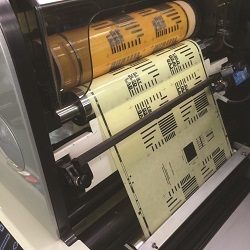A study on the evolution of the concept of work
PRODUCTION OF WORK (The production of work. Welfare, labour-market and the disputed boundaries of labour (1880-1938)) investigated the practices producing work consensus and conflict, in the cases of Germany and Austria. Researchers considered the different practices involved and their interrelations, taking into account those that appeared powerless and dominated. These included various forms of administration and state policy, collective representations, and scholarly and individual representations, in various autobiographical documents. Part of the research focused on the labour market administration and intermediation, and the various ways people made use of them. Researchers also examined the connection between administration practices and scholarly representations of labour market and working population. The project included activities ranging from vocational employment to more ambiguous or traditional forms of livelihood, self-employment, and highly disputed or illegitimate work. These practices were systematically constructed and compared to techniques of geometrical data analysis. A variety of sources was used, with terms such as work, vocation, employment, earning, livelihood, bread and making ends meet. The multiple variations in language are not completely arbitrary, since the different livelihoods cannot be included under one notion of work. Project results show that vocational employment was the most prominent and prevalent reference. It required or promised aptitude and affinity, training, a career, social security, joy and fulfilment, and a certain position in society. However, it remained an extraordinary point of reference. Through the research, the notion of core/marginal work was disavowed. Fighting against illegitimate forms of employment was not an anachronism, but rather the flip-side of the coin in the emerging welfare state, relating new social rights to new forms of work. Analysis has shown that categories such as unemployment or labour market have become practical, for scholarly or administrative reasons and also in the practices of people organising their livelihood. The many ways that people could refer to work, social right and the state was elaborated, by concurring, obeying, insisting, doubting or avoiding. Project outcomes show that it is inadequate to assume that the concept of work became more restricted in the 20th century. Although it has become more clearly defined and regulated, its definition encompasses a broader range of activities. These activities were compared, altered, contrasted to normalised work, or simply remained ambivalent. The project has also contributed to the understanding of this process by establishing new differences and hierarchies.







